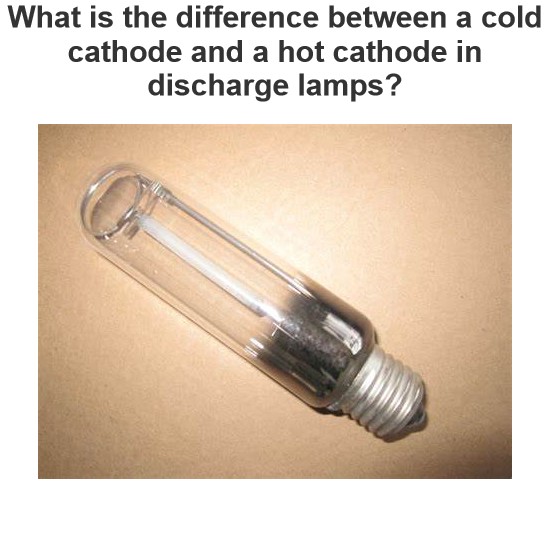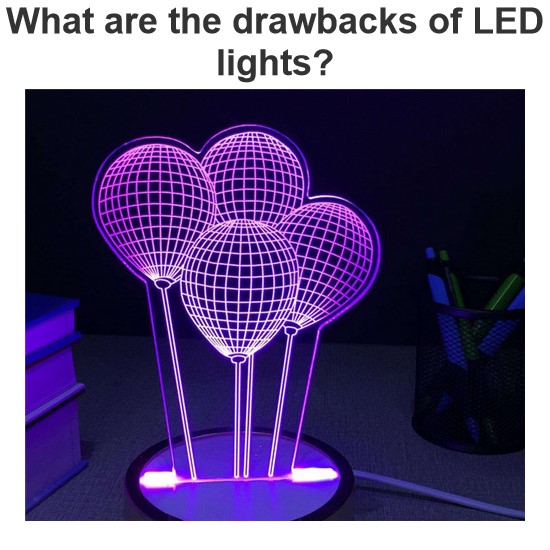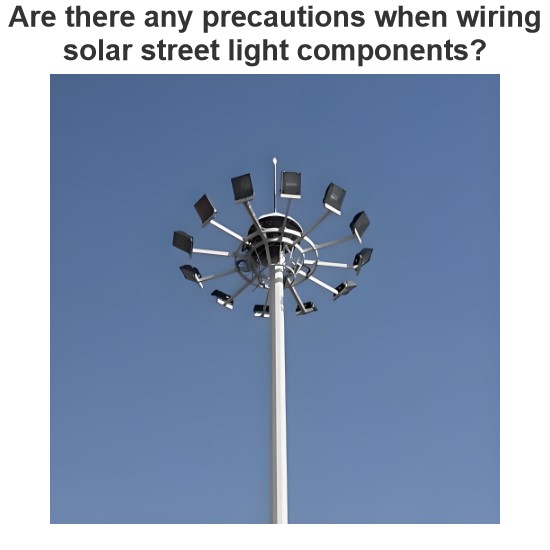Factors to Consider in Interior Lighting Design
General Interior Lighting in Past and Present
We know electric lighting in the early days when school rooms, offices and other general work areas were lighted by prismatic or translucent globes. These were suspended from the ceiling and housing incandescent lamps in such a way that such units provided lumens both directly and indirectly to the work plane. It happened through reflections from the room surfaces. Again the Glass enclosing globes were widely used to have high luminance. Thus this lighting scheme produced considerable glare in worker’s eyes.
In the 1930s totally indirect incandescent lighting appeared which was with Pan shaped or concentric ring luminaires.Even it was with a half silvered lamp mounted base up in a hole in the center of the unit. In this system it redirected the lamp lumens to the ceiling. Thus essentially the ceiling became the light source.
It was true that these indirect units produced high quality glare free lighting. But this lighting scheme was inherently very inefficient. In this indirect lighting scheme no lumens traveled directly to the work plane. Again, many lamps were required in a given space to provide sufficient work plane Illuminance. Thus much heat (infrared) was produced which often caused the space to be thermally uncomfortable situation.In the late 1930s the manifestation of fluorescent lamps initiated a change in interior lighting. These lamps had much lower luminance than the incandescent lamps. Thus to send all of the lamp lumens up to the ceiling for redirection downward, was no longer necessary. Again with suitable arrangement with louvers and the lenses, most of the lumens could be sent directly downward. Of course, the fluorescent lamp had about five times the efficacy of the incandescent lamp. Consequently, 70 foot-candela of fluorescent lighting could be provided more efficiently than 30 foot-candela of incandescent lighting.
The advent of the metal halide and high pressure sodium lamps caused several additional changes in interior lighting in the 1960s. They appeased the energy crisis in the early 1970s. These lamps are concentrated and of high luminance like incandescent. They had efficacy seven or more times as great. Thus totally indirect lighting in the interior spaces became economically feasible once again to design with these lamps. As a result, reduction of energy consumption was somewhat possible. In this indirect lighting with these lamps Illuminance levels were lowered. This lighting system, in spite of providing a reasonably uniform Illuminance over the entire work plan area, additional Illuminance was required at the task locations.
So we note that incandescent lighting is not recommended for the general lighting of interior spaces where the Fluorescent lighting continues to dominate the incandescent lighting scheme. Again, in interior lighting, particularly the 4 foot-candela, 40 W rapid start lamp is the most commonly used fluorescent lamp. Metal halide lamps are appearing more each year in indirect lighting, both luminaires suspended from the ceiling and in units built into office furniture. The most popular lamp for these uses is the 400 W phosphor coated metal halide lamp. High pressure sodium lamps in carefully designed luminaires are gaining some acceptance in interior lighting but are generally recommended only for rooms with high ceiling and where good color rendition is not important, such as gymnasiums.
Lamps for Interior Lighting
The interior lighting designer generally chooses the lamps from among the following lamp types:
High pressure sodium

Each of the above type has its own particular set of strength and weakness. The factors which designer should consider in choosing a lamp are:
Consideration of luminous efficacy. Luminous efficacy is ratio of lumen output from the lamp to the electrical power (in watt) input to the lamp. The required Illuminance must be provided by the lamp in conjunction with the lighting economically.
Consideration of the life of the lamp must be done by the designers. They should think what may be the difficulties to replace burned out lamps and whether group replacement of the lamps is the better choice economically or not.
The lumen maintenance of the lamp is an important factor. Question can arise if it is important to have a certain minimum level of Illuminance at all time.
Again another important consideration is color, the factor of appearance. Although all the lamps listed produce “white” light, their CCT and CRIs differ. Designers should consider the importance of the colors of the seeing task and its surroundings to be faithfully reproduce.
Auxiliary equipments required along with the lamps make a big question. As we have seen, all gas discharge light sources require ballast, where as incandescent lamps do not. The types of ballast used can affect lamp output, life, starting reliability, system efficiency and occupant comfort.
Designers should think about what may be the other miscellaneous, i.e. whether any other factors are present in the particular environment or not, temperature is a problem or not and whether the area must be free from stroboscopic effects or not, electromagnetic interference disturb the activities going on in the space, the fumes are present which could produce corrosion or an explosive atmosphere etc.
Luminous Efficacy Consideration
The comparison of the first three factors for the four common lamp types is shown in the above table. Let discuss the lamp efficacy first. For incandescent lamps the efficacy ranges from 12 lm/W for the 40 W standard lamp to 22 lm/W for the 500 W standard lamp. For the incandescent lamps with the design kept unchanged, the lamp efficacy increases with the lamp wattage. It happens largely because the thicker filaments of the higher wattage lamps may be operated at higher temperatures for the same life. PAR (Parabolic Aluminized Reflector) and R (Reflector) lamps have generally lower efficacy than the standard lamps of same wattage. This is because PAR and R lamps are designated to have longer lives.
The fluorescent lamps provide much higher efficacies than the incandescent lamps inspite of having ballast losses. As an example, the 40 W standard cool white fluorescent lamp emits 3150 lumen initially and its ballast consumes 12 W. Thus the efficacy are 3150/40 = 79 lumens /watt initially and including ballast lost total wattage is 52 W and hence 3150/52 = 61 lumens / watt overall. This overall efficacy rating is being used for the latter figure in the market. In the lighting design scheme the Fluorescent lamps are used to be operated in pairs with single ballast to improve overall efficacy. For example, each of the two fluorescent lamps consumes 40 W and their common ballast consume 12 W, giving an initial efficacy of 68 lumen/W overall. In case Preheat fluorescent lamps the lamp efficacies are very low. In this modern age, fluorescent lamp ballast are so designed that they are considered as energy saving lamps with the highest luminous efficacy.
Metal halide lamps have higher efficacies than the mercury lamps. It is because of the addition of halide salts into the metal halide lamps. As an example 400W metal halide lamp emits 34000 lumen initially and its ballast consumes 460 W. It is giving an initial overall efficacy of 745 lumen/W. So the lower wattage sizes give the lower efficacies.
Again in case of high pressure sodium lamp, they provide the high efficacy. But the low pressure sodium lamp having higher efficacy is not suitable for interior lighting. It is because of poor color rendering properties. As an example, the 400 W sodium lamp emits 50000 initial lumens and its ballast consumes 75 W. So whole set up consumes 475 W. Its initial luminous efficacy is 105 lumen/W. By composition, the 100 W sodium lamp emits 9500 lumens, consumes 135 W, and has an initial efficacy of 70 lumen/W.
Life of the Lamps Consideration
The second column of the above table shows the life of the lamps in hours. We always assume that the operations of the lamps are at their rated voltage and normal temperature. The lives of the lamp depend on the lamp types. The life rating of the standard incandescent lamps is of 750 or 1000 hours. Again PAR and R lamps are rated at 2000 hours. For the fluorescent lamp, their life ranges are based on 3 burning hours start where as Preheat fluorescent lamps have life ratings at the low end of the range, namely 7500 or 9000 hours. Instant start lamp is durable for 12000 hours. Again the life of rapid start lamp lasts for 18000 or 20000 hours.
The metal halides lamps life is dependent on the number of burning hours per start. Their life ratings are for 10 hours per start. As an example the 400 W metal halide lamp has the longest life i.e. 20000 hours. The 1500 W lamp has shortest life i.e. 3000 h. Again all high pressure sodium lamps have a life of 24000 hours when they are used with the specially designed ballasts. High pressure sodium lamps are used in place of mercury lamps due to less wattage and higher life span. Mercury Lamps has 12000 hours life span.
Percentage Lumen Depreciation Consideration
The percent lumen depreciation of the lamps is shown in the table.
In case of Standard incandescent lamps, it depreciates in lumen output by 10 to 22% during lamp life.
In case of the fluorescent lamps, the 100 hours lumen value is called initial lumens and the lumen depreciation is calculated from that point onward and is based on 3 hour per start.
The mean lumen factor is the percentage of the initial lumens to be expected at 40% of rated life. Lamp lumen depreciation factor is the percent of the initial lumens to be expected at 70% of rated life.
For example, the 40 W standard cool white fluorescent lamp gives 3150 initial lumens at 100 hours and 2650 lm at 70% of rated life (14000 hours). Thus its lumen depreciation factor is 0.84 or 16% depreciation in lumen output.
High intensity discharge lamps have their initial lumen ratings at 100 hours. Lumen depreciation for these lamps is given in terms of mean lumens, which is the lumen output to be expected at about 70% of rated life. Metal halide lamps show greater lumen depreciation than do high pressure sodium lamps.
Color of the Lamp Lumens Consideration
Color of the lamp lumen is the fourth factor which is always considered by the designer. To measure the color, CCT (Correlated Color Temperature) and CRI (Color Rendering Index) are calculated to provide a suitable color appearance in the lighting design scheme.
CCT or Correlated Color Temperature means the temperature of the black body at which this black body radiation color is equivalent to the color of the lamp lumens.
CRI or Color Rendering Index means degree of closeness of the color of lumens from the lamps to the standard Lumen color. Standard lamps are, as per CIE recommendation, A, B, C, D55, D65 and D75. The type A is the tungsten filament lamp at 2856 K and the type B and C are tungsten filament lamp with some filter. D55, D65 and D75 are the day light type.
There are five types of “white” fluorescent lamps available in the market. The first three types i.e. warm white, cool white and day light lamps and they are with high efficacy to provide reasonable color rendition. Next two types are the two deluxe lamps which have only 70% of the efficacy but they provide improved color rendition. The words warm, cool and daylight are chosen in the sense that a warm white lamp emits yellowish white light and makes a space feel warmer. Whereas, a cool white lamp emits a bluish white light and it tends to create a cooler atmosphere. Again the daylight lamp is a very cool appearing source and it is a close match CCT to an overcast day.
Ballasts Consideration
Ballasts are the fifth factor the designer should consider. Again electronic ballasts dominate the previous ballasts widely in present days. Though the Inductor ballasts are reliable and long lived they are with some disadvantages. They are heavy, consume watts, produce heat, create noise and permit lamp flicker.
Electronic ballasts are lighter and more efficient. Electronic Ballast do not have hum and flicker effects. Again it is true that their track record of life and reliability is not yet established. Also there is some concern over the possible effect on nearby equipment of the high frequencies they generate.
If the designer chooses inductor type ballasts they should have the CBM/ETL label, this means that they have met the Certified Ballast Manufactures Association (CBM) requirements. It is including specifications set by the American Natural Standards Institute (ANSI). They have been tested and certified by the Electrical Testing Laboratories (ETL). Besides, they should be of high factor, may be greater than 90% and have a high sound level rating. The ballasts should be suitable for spaces where the ambient noise level is less than 25dB.
Underwriters Laboratories (UL) are always concern to set the ballast safety standard limit such that those ballasts must meet the requirements having UL safety Level. As per this standard, the ballast temperature inside the luminaire must be below 90oC when room temperature is 25oC. Again, if the ballast case temperature reaches 110oC, the ballast will be automatically open circuited to provide the protection to the whole luminaire set up against thermal damage.
Statement: Respect the original, good articles worth sharing, if there is infringement please contact delete.
Electrical4U is dedicated to the teaching and sharing of all things related to electrical and electronics engineering.




